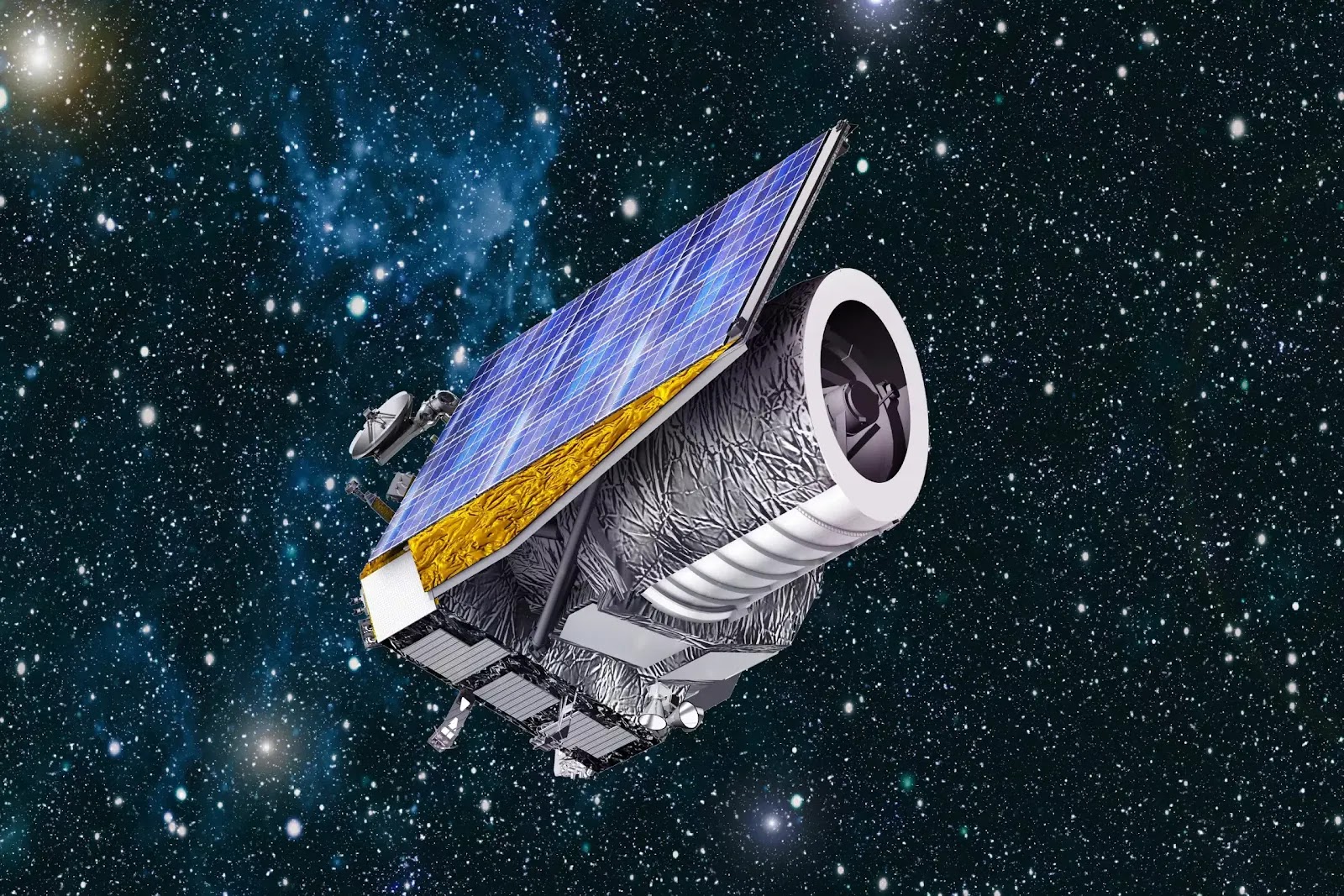ESA's Euclid spacecraft has arrived at the Port Canaveral launch site, ready for its upcoming launch. The spacecraft, set to be launched in 2022, is expected to transform our understanding of the dark universe. With its advanced instruments, Euclid will conduct an unprecedented survey of the cosmos, mapping the distribution of dark matter and dark energy in the universe. In this article, we will explore how Euclid works and what it could reveal about the nature of the universe.
The Science behind Euclid
Euclid is a space telescope designed to map the distribution of dark matter and dark energy in the universe. Dark matter is a mysterious substance that makes up approximately 27% of the universe, while dark energy is an even more mysterious force that is thought to be responsible for the accelerated expansion of the universe. Both dark matter and dark energy are invisible and do not emit or absorb light, making them extremely difficult to detect.
Euclid will use a combination of two instruments to study the dark universe: a visible and near-infrared camera (VIS) and a near-infrared spectrograph (NISP). The VIS camera will image the sky in visible and near-infrared light, while the NISP will measure the spectra of distant galaxies to determine their distances and velocities.
Also Read:- The Versatile and Flexible Octopus Tripod by Tokqi Co3
- Santorini Volcano: A Fascinating but Potentially Dangerous Tourist Destination
The Euclid survey will cover an area of about 15,000 square degrees, or about one-third of the entire sky. It will observe over 2 billion galaxies, mapping their positions and distances over a period of six years. This will allow scientists to construct a three-dimensional map of the distribution of dark matter and dark energy in the universe.
What Euclid Could Reveal
The Euclid mission has the potential to revolutionize our understanding of the universe. By mapping the distribution of dark matter and dark energy, it could help solve some of the biggest mysteries in cosmology, such as the nature of dark matter and the cause of the accelerated expansion of the universe.
One of the key goals of the Euclid mission is to measure the properties of dark energy with unprecedented precision. This will allow scientists to determine whether dark energy is a cosmological constant, as predicted by Einstein's theory of general relativity, or whether it varies with time and space. If dark energy is found to vary, it could be an indication of new physics beyond the standard model of particle physics.
Euclid could also shed light on the nature of dark matter. By measuring the distribution of dark matter in the universe, scientists may be able to determine whether dark matter is composed of particles, as most theories suggest, or whether it is a manifestation of gravity on a large scale.
In addition, Euclid could help solve other mysteries in cosmology, such as the nature of cosmic inflation, the early period of rapid expansion that is thought to have occurred shortly after the Big Bang. By studying the large-scale structure of the universe, Euclid could provide valuable insights into the physics of the early universe.
The Euclid mission represents a major step forward in our quest to understand the dark universe. With its advanced instruments and unprecedented survey of the cosmos, Euclid has the potential to transform our understanding of the nature of the universe. By mapping the distribution of dark matter and dark energy, it could help solve some of the biggest mysteries in cosmology and pave the way for new discoveries in fundamental physics. We eagerly await the launch of this groundbreaking mission in 2022.
Read More:- A Comprehensive Guide to Obtaining the Taraxippos God Roll in Destiny 2's Guardian Games
- The Secret Language of Plants: How Israeli Researchers Unveiled It
That's it for this article.
Thanks for Visiting Us – Fixyanet.com



0 Comments